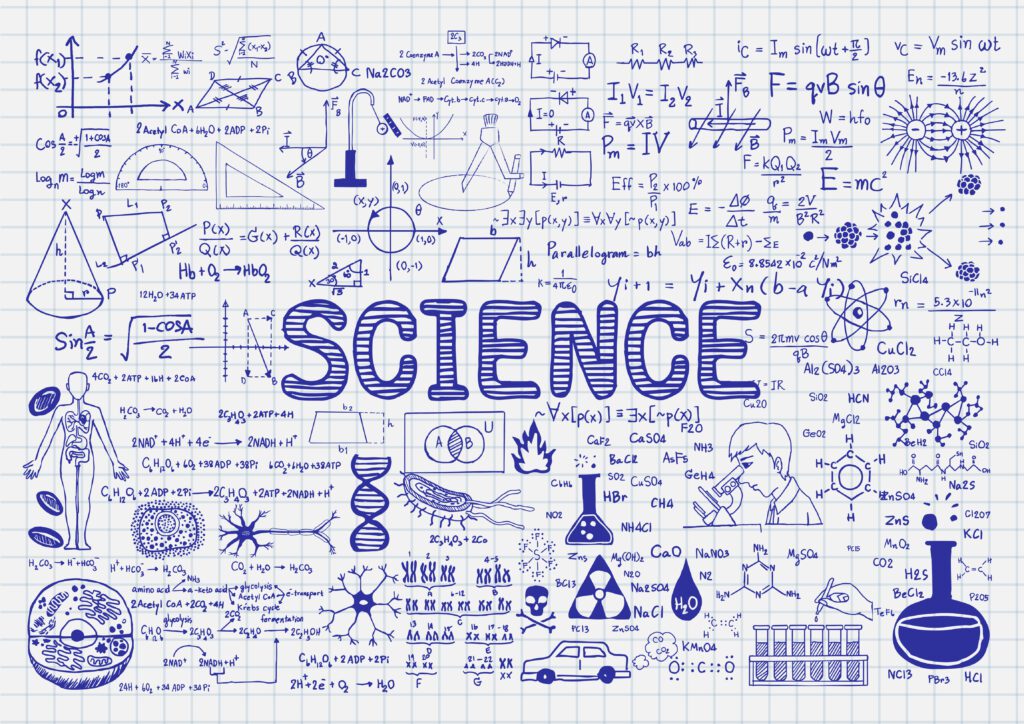June 22, 2023
Our Changing Scientific Understanding of Biological Sex
An essential feature of science is the constant forward motion of knowledge as new information emerges.

For example, the evolution of our understanding of the physical world from Newton to Planck to Einstein to Bohr to Hawking is not only fascinating, but crucial to understanding how we got from the technology of the 17th century (simple machines) to the technology of the 21st century (electricity, quantum mechanics, microchips, etc.) and whatever comes next.
Similarly, our understanding of evolutionary biology only jumpstarted with Darwin. It very much continued to evolve with a confirmation of Mendelian genetics, EB Ford, Linus Pauling, Rosalind Franklin, Richard Dawkins, Jane Goodall and others.
The richness of our understanding of the evolutionary process is far beyond what even Darwin could conceive when he suggested the concept. It will be even more in 100 years.
This progress by scientists is a mix of challenging what has come before to create new learnings, building on previous knowledge or adding details to prior understanding (for more, see Thomas Kuhn’s “The Structure of Scientific Revolutions”).
Human society is at yet another “next step” in our understanding of the natural world. Over the past quarter century, scientists have begun to investigate the accepted notion that biological sex exists as a binary.
In science, nothing is off the table as a focus for inquiry. We strive to better understand our reality and our universe by repeating the process of asking questions, making observations, testing hypotheses and then revising what we think we know based on what we can see and measure. As we do that, humans as a group learn more and have an improved (closer to the truth) understanding of our world.
The observation and conclusion that gender identity is non-binary is in (a slow, painful, but forward moving) process to become an accepted reality in our culture nowadays. However, biological scientists have also found that biological sex, what we think of as being male or female, commonly denoted by XY or XX chromosomes or outward genitalia, is also not as binary as originally thought. Yes, there are other combinations of these chromosomes and sex organs, often referred to as intersex.
Scientists have also found cells with XY chromosomes in women, a womb in a 70-year-old man and many other examples that don’t fit the binary narrative. In other words, there exists a spectrum of biological variations of sex between male and female and it’s not binary, as we previously thought. This appears to be true across the animal kingdom, including humans.
The science is clear, and scientists are speaking up. In celebration of Pride Month 2023, let’s process the next phase of our understanding about sex and gender: neither is binary, but rather exists on a spectrum from one end to the other, and we are all somewhere in the middle.
The best way to know someone is to ask them, listen to the answer and love and support them for the human being they are. Our society is enriched by the voices and perspectives of all kinds of people. It’s what makes being human interesting and spurs us to ever-evolving higher levels of truth and understanding.
Additional articles and resources: